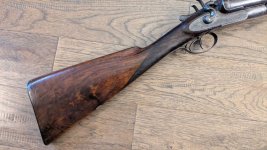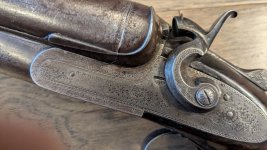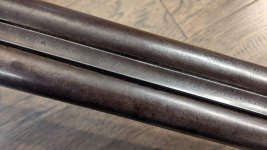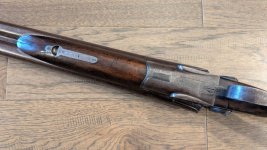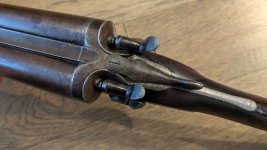Thank you, Steve, for sharing your extensive knowledge and years of painstaking research into how the British industry and the guns it produced evolved. It would be a blow to the senses if this were to be the final curtain. However, I suspect that your book will outlast anything published only in digital form. Forums and online magasines can disappear overnight for a variety of reasons/causes, but books, despite being considered obsolete by some, can stand the test of time. I will be watching intently for its publication.
It’s a relief to hear that you have travelled the road to recovery. May you enjoy a long retirement punctuated by lingering, warm days hunting with your favorite guns, perhaps a loyal dog, and lively conversations with friends, old and new. I hope our paths will cross, possibly at the Double Gun Classic (although I’ve yet to attend the event).
It’s a relief to hear that you have travelled the road to recovery. May you enjoy a long retirement punctuated by lingering, warm days hunting with your favorite guns, perhaps a loyal dog, and lively conversations with friends, old and new. I hope our paths will cross, possibly at the Double Gun Classic (although I’ve yet to attend the event).
















































